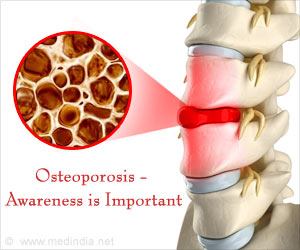How to strengthen aging muscles? Blocking ceramides, a class of fat molecules build up more protein and strengthen muscles in mice.

TOP INSIGHT
The blockade of ceramide production during aging activates muscle cells, making muscles build up more protein and shifting fiber type to produce stronger muscles.
The sphingolipids and ceramides are complex yet very interesting fat classes, and there is high potential to further study their role in aging, as they perform many diverse functions.
Next, the scientists wanted to see whether reducing ceramide overload could prevent age-related decline in muscle function. They treated old mice with ceramide blockers, such as myriocin and the synthetic blocker Takeda-2, and used adeno-associated viruses to block ceramide synthesis specifically in muscle.
Researchers Discover Ceramides Role in Aging Muscle Health
The ceramide blockers prevented loss of muscle mass during aging, made the mice stronger, and allowed them to run longer distances while improving their coordination.To study this effect more deeply, the scientists measured every known gene product in the muscle using a technique called RNA sequencing. The findings were published in the journal Nature Aging.
It turned out that the blockade of ceramide production activates muscle stem cells, making muscles build up more protein and shifting fiber type towards fast-twitch glycolytic to produce larger and stronger muscles in aged mice.
The people who had this ceramide-reducing gene form were able to walk longer, be stronger, and were better able to stand up from a chair, indicating healthier aging, similar to mice treated with ceramide blockers.
Source-Eurekalert
 MEDINDIA
MEDINDIA




 Email
Email










